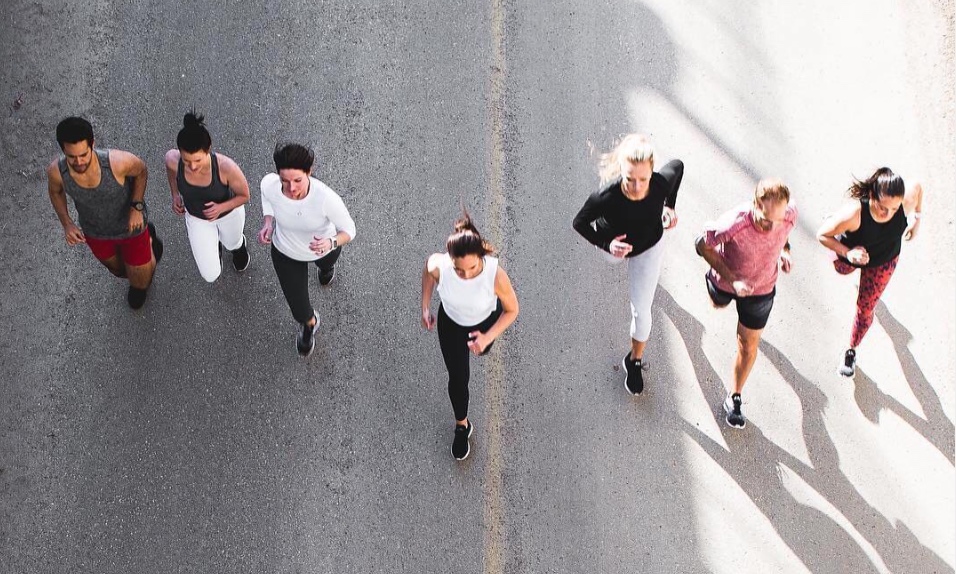“Turns out, the China market loves their athleisure.” That was one of the key conclusions to be drawn from Lululemon’s fourth quarter revenue report, which saw the Vancouver-based athleisure-powerhouse bring in revenues of $1.2 billion, a 25 percent increase of from the same quarter last year. The boost in sales comes amidst what CEO Calvin McDonald is calling “one of Lululemon’s strongest years yet, a result of broad-based strength across the business.”
At least some of that strength is coming from China, where the prospects for growth of athleisure – i.e., clothing designed to be worn both for exercise and casual wear – are remarkable. According to a 2018 Euromonitor International report, spending in connection with the boom in China’s health and wellness sector is expected to surpass spending on luxury goods by 2020. Euromonitor found that beginning in 2012, sales in China’s $31 billion athleisure market have been growing at a quicker rate than their luxury counterparts, with market leaders, such as Nike and adidas, routinely seeing double-digit sales growth there.
Still in a relatively nascent stage as a trend, particularly compared to the west, “Most people traditionally only wear leggings in gyms because Chinese consumers are not used to wearing [them elsewhere or at all],” Zoe Liu, co-founder of Particle Fever, a Chinese designer sportswear brand, told SCMP. But this is starting to change.
“Some of our customers just buy our apparel to wear for activities other than sports, like travel.” Others, she says, are beginning to adopt the athleisure trend, thanks, in large part, she suspects, to the fact that “more [Chinese] celebrities are mixing and matching leggings with non-sportswear accessories to make their outfits more versatile.”
Between the rise of at least one uber-popular Chinese workout app Keep, which enables users to share their workout experiences on social media and the Chinese government’s backing of the growth of fitness within its borders, it won’t be long before “Chinese KOLs (key opinion leaders) emerge with their own takes on the athleisure trend,” per SCMP, and thereby, spawn a truly large-scale trend.
If the U.S., where activewear currently represents 24 percent of total apparel industry sales, is any indication, it is only a matter of time before athleisure takes over the Chinese mainland. In the meantime, brands like Lululemon are betting big. “We have a real big opportunity internationally, in particular in Asia,” McDonald said last year on the heels of announcing a “record high” in revenues for the second quarter of 2018, with sales on its China-specific e-commerce site surging by more than 200 percent.













